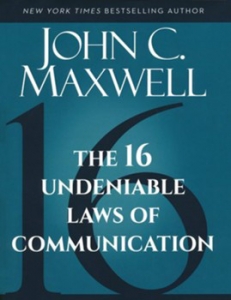Can Nature Journaling Help Your Content Writing?
“As you begin to explore a regular nature journaling practice, your skills will improve…You’ll aspire to write with more clarity, draw with more accurateness and learn about the flora, fauna, and natural phenomena that you’re observing,” Christine Elder tells kids and teens.
Nature journaling can help your writing in general, Marie Bengston asserts in Writer’s Digest. “We need to conjure our written world with evocative, multi-sensory detail that immediately resonates with our reader,” she suggests.
For us creators of marketing content (our topic may or may not be related to nature), I think Bengston’s Three Prompts will prove particularly helpful:
- I notice that…..
- I wonder if…..
- It reminds me of….:
I notice that… it’s essential for blog content writers to focus on a target audience, showing readers you’ve “noticed” them and have taken note of their unique preferences and needs.
I wonder if…In content marketing, the goal is to induce “wonder” in searchers who found their way to your site. Your post should have served up just enough food for thought to make them wonder if, after all, there are even more ways in which what you have to offer is exactly what they have to have!
It reminds me of…In writing for business, the variety comes from the details you fill in around the central themes. Different examples of ways the company or practitioner helped solve various unusual problems in the past help reinforce the core advantages being offered.
For content marketers, “journaling” might take the form of an “idea folder”. This could be an actual paper folder which we stuff with newspaper and magazine clippings, a notebook kept in a purse or pocket, or a digital file on a phone or tablet. Since at Say It For You, we train freelance content writers to “learn around”, the material they save up in that folder can help them keep track of what they notice, what they wonder, and what those tidbits call to mind.
Could getting into a journaling habit help your content writing?






Follow us online!